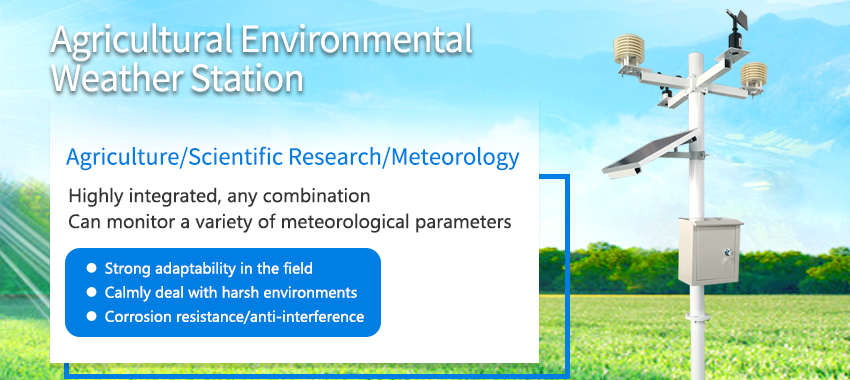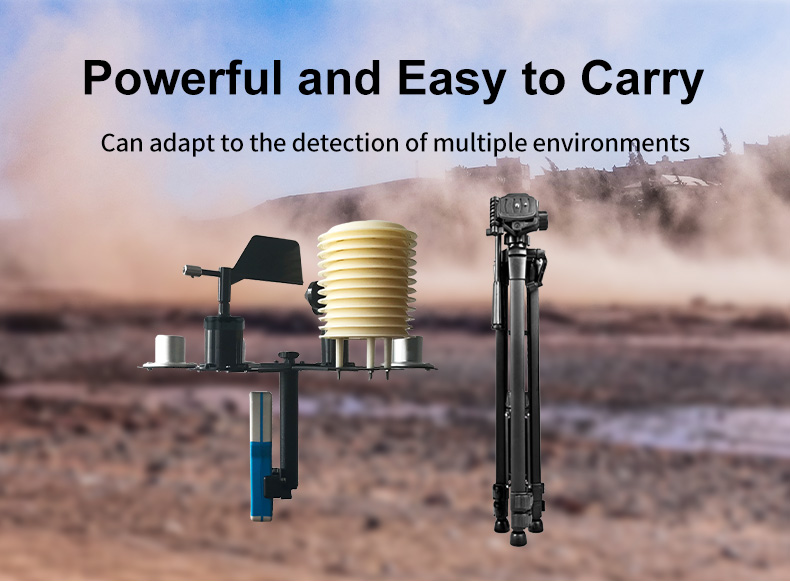Met Stations

Met stations, have been used for decades to collect data on temperature, rainfall, wind speed, humidity, and other weather-related variables. With the increasing impact of climate change across the globe, the role of met stations in monitoring and analyzing these impacts has become pivotal. This article explores the importance of met stations in climate change and how they can provide critical information for policymakers, researchers, and the public.
The Basics of Met Stations
Met stations consist of sensors and instruments that measure various weather conditions at a particular location over a given time. They can be located in urban and rural areas and at different elevations, depending on the purpose of the data being collected. Data collected by met stations can be used to forecast weather, analyze long-term trends, and develop climate models.

The sensors and instruments contained in met stations include thermometers, barometers, anemometers, hygrometers, and rain gauges. These instruments collect data on temperature, pressure, wind speed, humidity, and precipitation. The data collected from the instruments are then processed and analyzed to provide a comprehensive picture of weather patterns over time.
Application of Met Stations in climate change analysis
Met Stations play a vital role in climate change analysis because they provide accurate data on changes in weather patterns, precipitation and temperature. This data allows scientists to identify and monitor changes in climate conditions over time, such as long-term climate trends, the frequency and intensity of extreme weather events, and the impact of climate change on ecosystems.

Met stations provide data for climate models, which are computational tools used to simulate and predict future climate conditions. Accurate data from met stations ensures that climate models produce reliable results that can inform decision-making by policymakers, businesses, and communities.
Met stations also help to validate the accuracy of satellite data. While satellite data can provide a broad perspective on atmospheric conditions across large areas, it cannot provide a precise measure of temperature or precipitation at the ground level. Met stations provide this ground-level data that can be used to validate satellite data and improve its accuracy.
The Importance of Maintaining and Expanding
Met Stations To ensure that the data collected from met stations is accurate and reliable, it is important to maintain and expand the network of met stations. The reliability and accuracy of the data collected from met stations are critical in climate change analysis, and gaps in data can lead to flawed analysis and policy decisions.
It is important to expand the number of met stations, especially in regions that are currently underrepresented in the network. This will provide a more comprehensive picture of the impacts of climate change across different regions of the world. Additionally, improving the technology and sensors used in met stations can provide more accurate and detailed data.
Adaptation to climate change
Climate change adaptation involves developing strategies to help communities and ecosystems adapt to changing climate conditions. Weather stations play a vital role in this process, providing data for the development and implementation of adaptation strategies.
For example, met station data can be used to predict the frequency and intensity of extreme weather events and inform the development of early warning systems. Additionally, met station data can inform land-use planning decisions to help communities and ecosystems adapt to shifts in climate conditions.
Conclusion
Met stations play a critical role in climate change analysis, providing accurate and reliable data on weather patterns, precipitation, and temperature variations. The data collected from met stations is essential for policymakers, researchers, and the public in understanding the impacts of climate change and developing strategies for adaptation and mitigation. To ensure the accuracy and reliability of the data collected from met stations, it is crucial to maintain and expand the network of stations and improve the technology and sensors used in them.